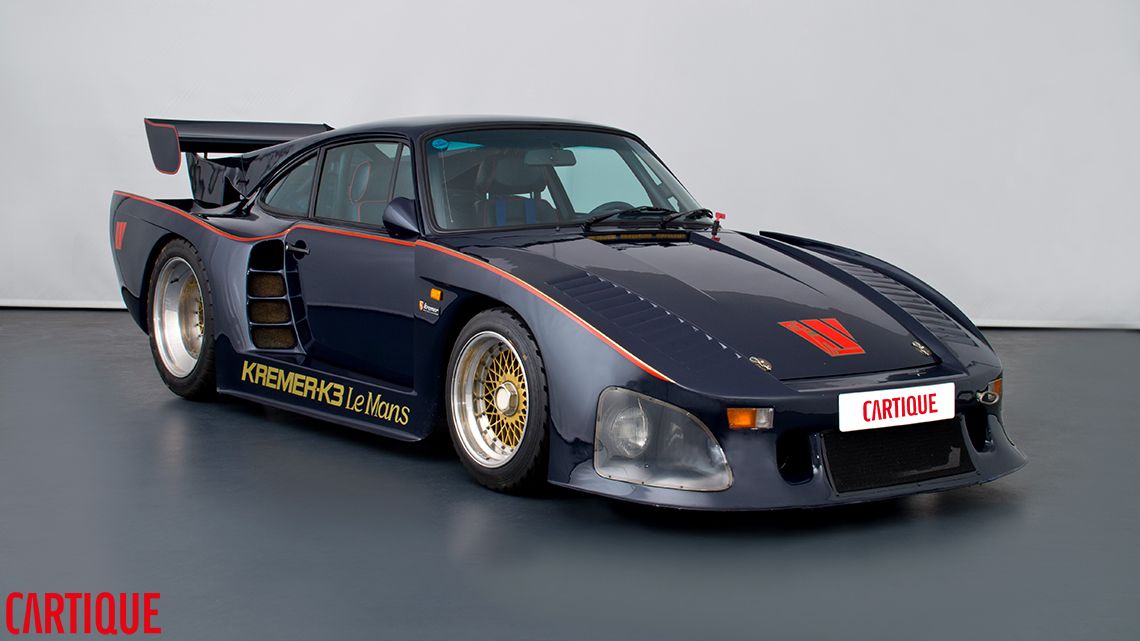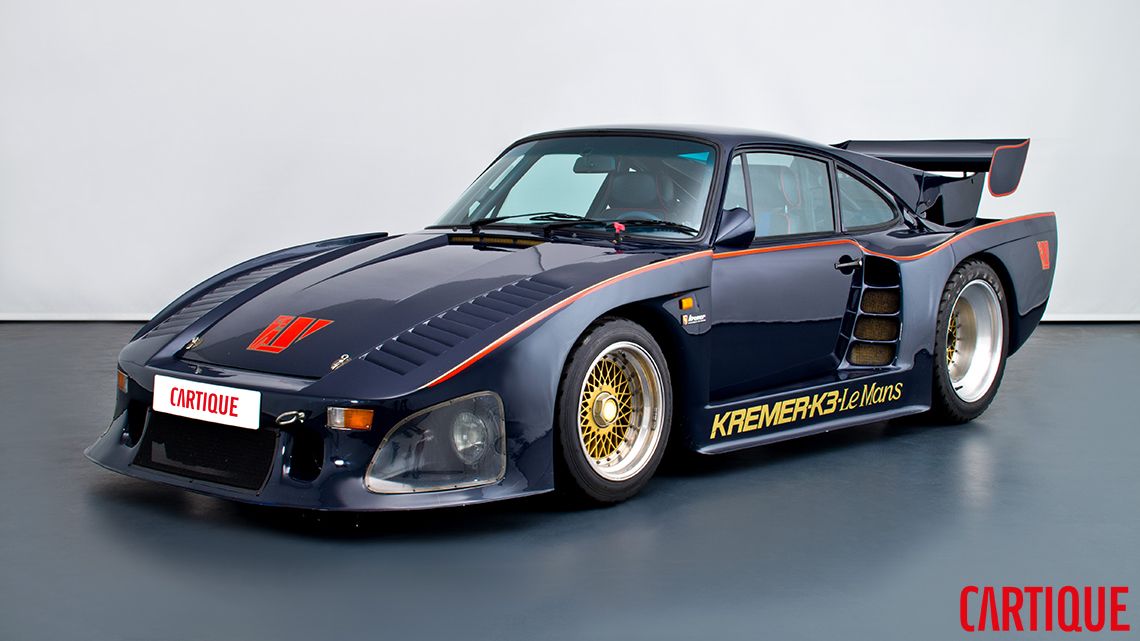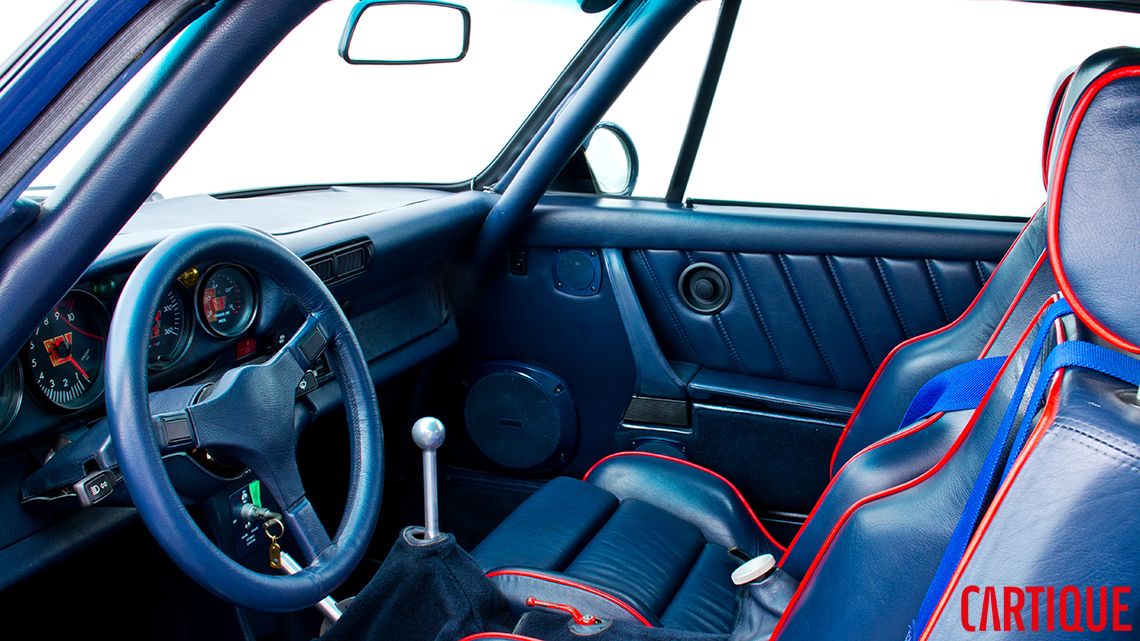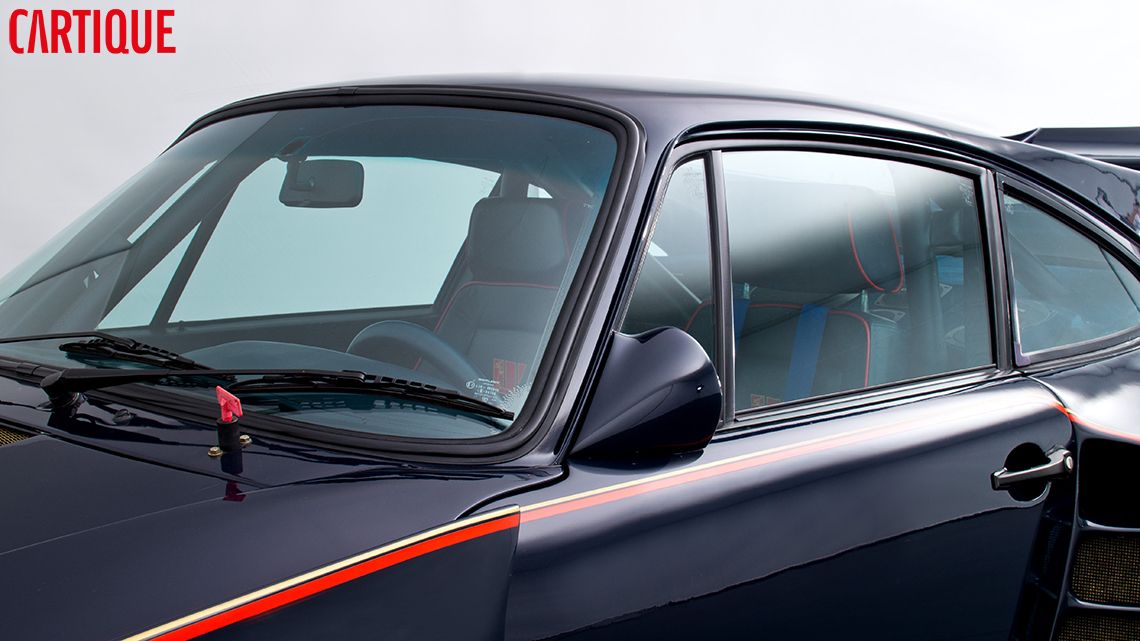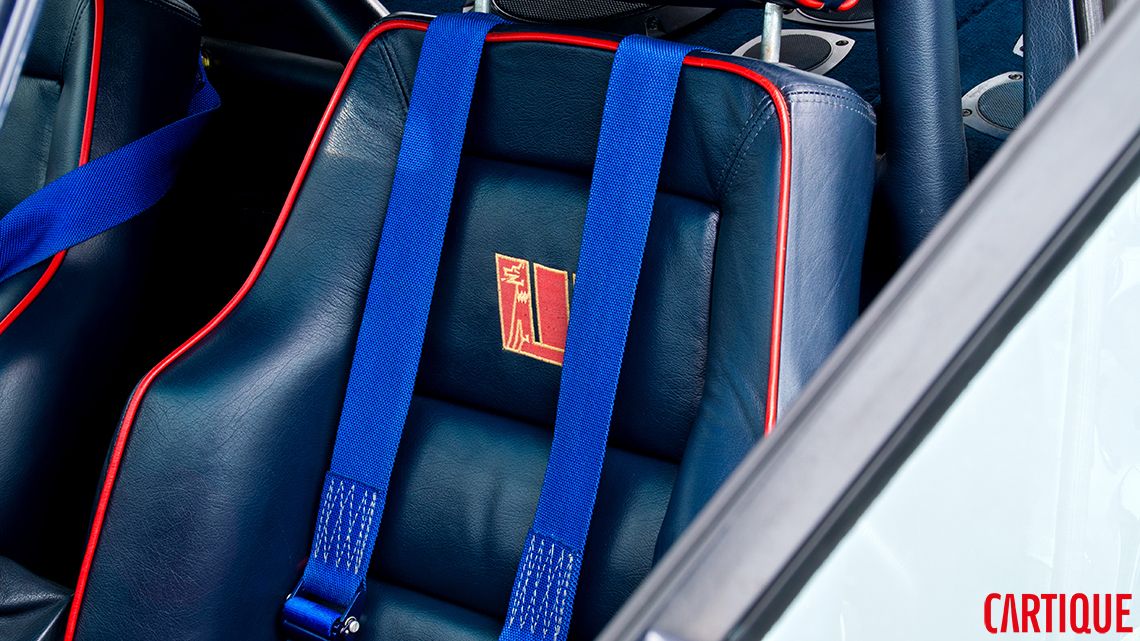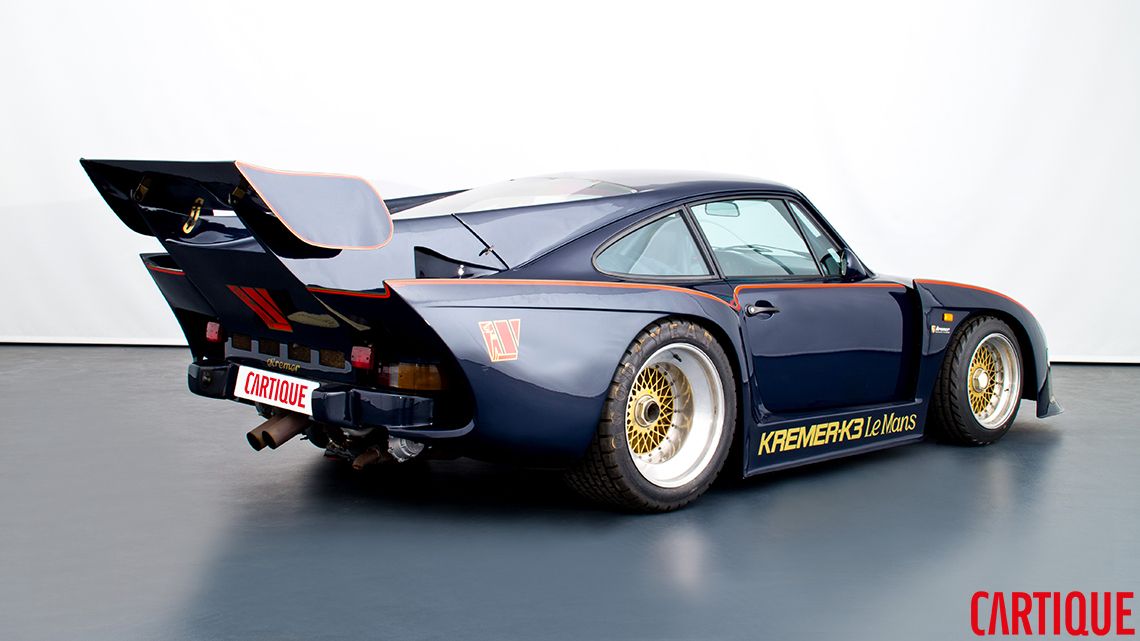Porsche's 935 race car was built to compete in the Group 5 class that was the pinnacle of GT racing in the late '70s and very early '80s. The 935 was the car to beat in Europe and across the Atlantic in the U.S. and even won Le Mans overall. Such accolades pushed F1 team owner Walter Wolf to want one, but not for the race track. The result was maybe the fastest road-legal car in the world at the time.
When you think about a GT racing car, you envision a car that's based on a production model that was heavily modified, stripped of any useless equipment that only added weight, and then sent out on the track to compete against other vehicles like it. What's unusual is to want for one of those race-prepped machines to be made street-legal again, while keeping most if not all of the racing bits on. That was the premise, largely speaking, of the insane GT1 class that lived a short life in the late '90s but, even before that, there was one car that followed that same path: Walter Wolf's street-going 935 K3 built by Kremer Racing of Germany.
This is the only 935 K3 that's road legal and one of only two road-legal 935s in the world
Walter Wolf, a Slovenian-Canadian oil tycoon born in Austria, made a fortune in the North Sea by selling drilling equipment, after working on oil rigs himself, and then set his sights on the most glamorous form of motorsport: the Formula 1 World Championship. With his money, Sir Frank Williams managed to get going with his outfit and, after Williams deserted to start building his own cars, the Walter Wolf Racing team soldiered on until the dawn of the '80s.
In F1, Walter Wolf's team was fairly successful for an underdog, Jody Scheckter winning three times in 1977 - in Argentina, Monaco and on home ground, in Canada. The soon-to-be World Champion from South Africa also scored six other podium finishes and ended up fourth in the driver's championship at year's end. Wolf led a luxurious lifestyle and was usually seen arriving at Grand Prix events in one of his bespoke Lamborghini Countach cars. Those cars were built to his own requirements and featured some advanced aerodynamical features and more power. For instance, one of his Countach examples was the first to receive the Y-shaped rear wing you see on the 5000QV model. Another had as much as 530 horsepower under the hood. But all of these mid-engined supercars were superseded in 1979 by something far more ludicrous.
By then, Porsche had wound up its involvement in sports car endurance racing. The German manufacturer had won the Le Mans race twice in the previous three years, in 1976 and 1977, as well as dominating the World Championship for Manufacturers with the 935. The 935 was a car built for the Group 5 ruleset that basically outlined silhouette-style racing cars that had to share a minimum amount of body panels with their road-going counterparts and not much else. Porsche kept investing in its Group 5 contender and came up with a brand-new design for 1977 and, again, for 1978.
Kremer was the first to do it, debuting the Porsche 935 K1 the same year the works team arrived with the 935/76. Then, in 1977, the K2 was ready and, by 1979, their crown jewel had hit the track: the K3. This car exploited the Group 5 ruleset to the max and, with no works team to worry about, became the car to beat. It was so good, in fact, that it won the 1979 Le Mans 24 Hours race outright after the factory-supported 936 prototypes suffered suspension and engine problems in the rain-affected event.
Seeing how good the 935 K3 is, Walter Wolf thought he could use one of his own. He promptly contacted the Kremer brothers and demanded that they'd build him an example that would be road worthy! Not fazed by the outlandish request, the men from Cologne set to work and, after many months of hard work, the Walter Wolf 935 K3 was ready.
It featured the same wider-than-wide bodywork with Kevlar body panels as any racing 935. The wheels were 16-inch BBS multi-piece up front and 19-inch at the back.
Inside, Kremer fitted the interior off a Porsche 930 Turbo but with different Recaro seats. Everything was covered in blue leather with red stitching and, as per Wolf's request, it came with a radio and air-conditioning. That stick you see in the middle allows you to play through the 4-speed transmission.
The transmission sends to the rear wheels a mere 740 horsepower from the (!) de-tuned 2.85-liter twin-turbocharged flat-6 engine.
The car was used sparingly during Wolf's ownership, the Canadian businessman driving it while he was in Europe as it resided mostly in the South of France. In the late '80s, Wolf sold the car to Swiss collector and former racer Angelo Pallavicini who displayed the one-off 935 K3 in his collection. As such, it only racked up about 6,300 miles and is now up for grabs again. The price? Cartique, the sellers, will only let that information slip away if you're a serious buyer but one thing's certain: it's not cheap. After all, Wolf paid about $1.8 million in 1980 (in today's money) for it so you'll probably be looking at a price tag of at least $2.0 to $2.5 millions today.
Further reading
Read our full review on the 2018 Porsche 935 Type 991 Gen. 2.
Read our full review on the 1976 Porsche 934/935 IMSA El Salvador.

